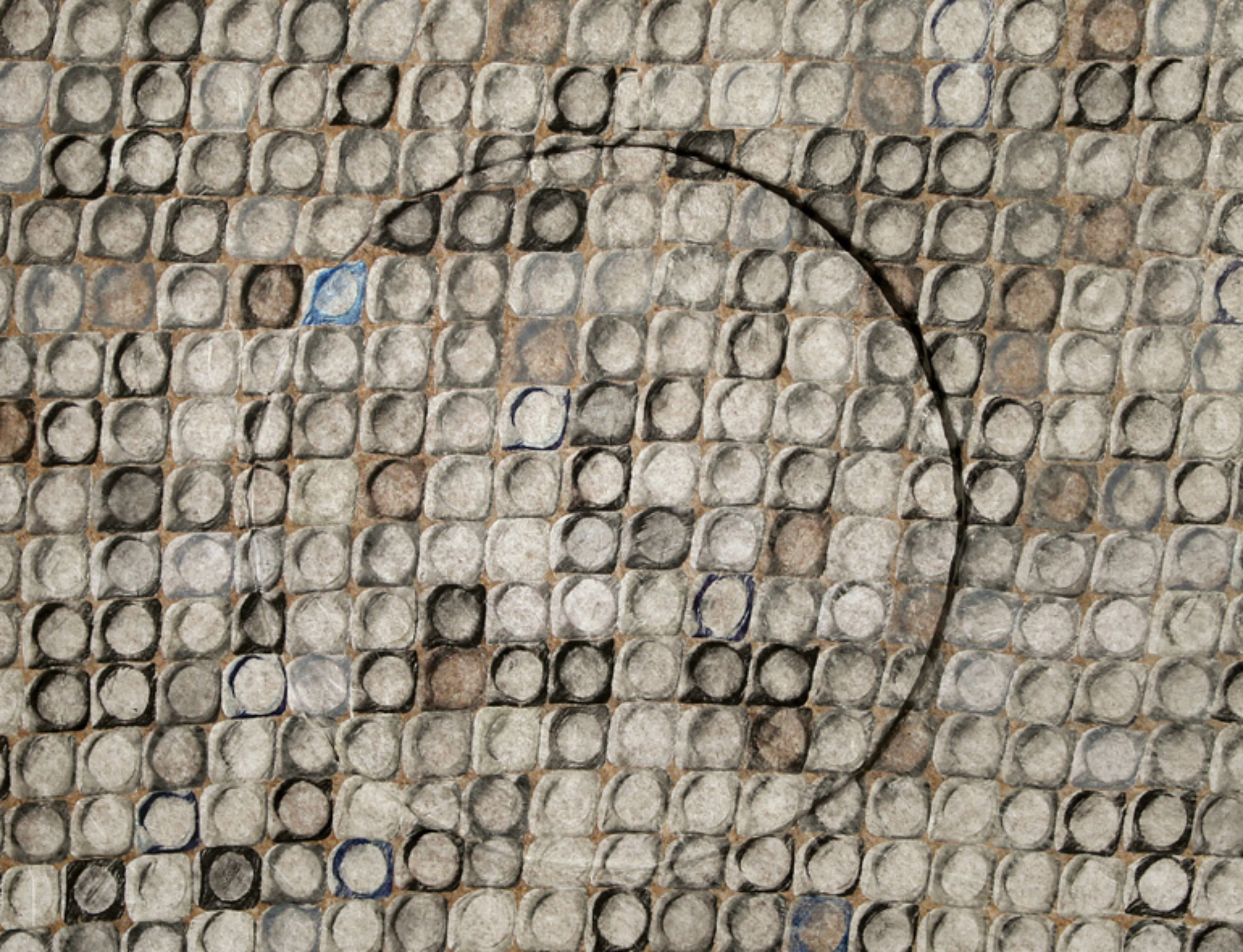What is left from the lesson made by abstract art?
Is it still up to date the possibility- as Léon Gischia said-to sostitute an imaginary real to the imitated real?” and more: can we keep on talking about peculiarity? Those are repeating questions, since the last decade’s painting has taken the realism and hyper-realism’s path.
It is not a case, that the end of the dogmatism,of the ideology and of all the certain things’ world happened during the coming back of the “real painting”.
The relationship between the artist and reality….does not have any canon, even though the market (a necessary appendix, but not an essential one, for Art..) keeps on giving its rules.
Art is a synonym of freedom…if it is really true, it does not have limits, but for the possibility…to research, and to keep on searching and researching the apparent espressive or hidden on reality’s forms.
It is a thesis not completely true, this one regarding the dogma who generates the “escape from reality” and the doubt, on the contrary, the “comeback to reality”…
On the artistic field the “history’s pendulum”it does not follow social conventions, it creates them, and the creation does not surrender to orthodoxy’s temptresses, but it goes beyond them.
That’s why, although the market does not recognize it, the abstract art is alive than ever!
The “imaginary real” keeps entire after a century of history its own originality….and with it its unchanged charm.
Caterina Ciuffetelli is deeply linked to that world so free and “cerebral” which matches color, first matter and sign.
On her case, as Argan would have said, “it is not painting to act reality….but reality…to act painting”.
Since her first pictorial experiences, she tries to balance color and form, form and sign, sign and movement.
Reality, intended as an unflagging desire to satisfy…and always unapproachable, is not by chance, it is child of chaos, but it is nesessary, already made following an harmonic rule.
It is useless to search for her pictorial hints. It is certain that Ciuffetelli looks at Burri and Accardi with great admiration, however she manages to elaborate her own original ideal legacy, on which she investigates and engraves, engraves and investigates , on a continuous and constant research.
On her the complexity….semplifies itself and magically, thanks to the color, becomes poetry.
This is a unique and happy example of what is called re-descovery of the invisible.
February, 2003 Mino Lorusso
